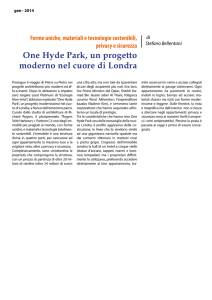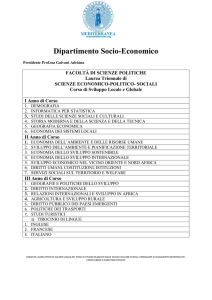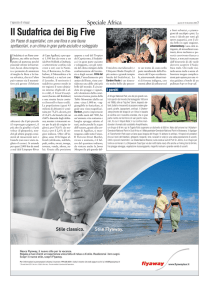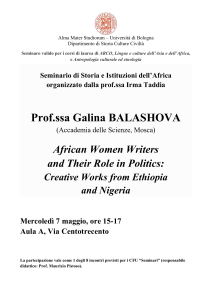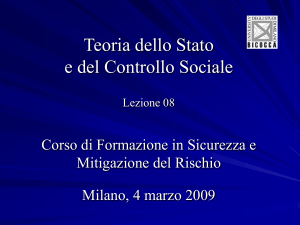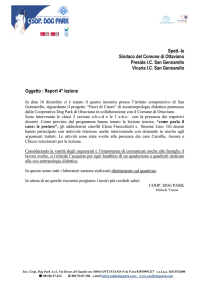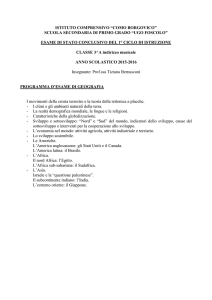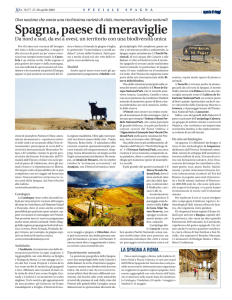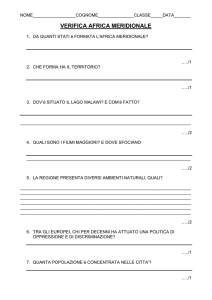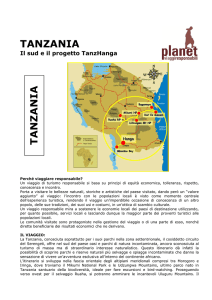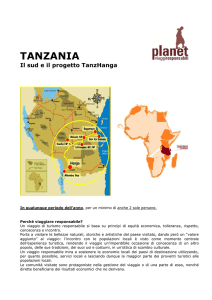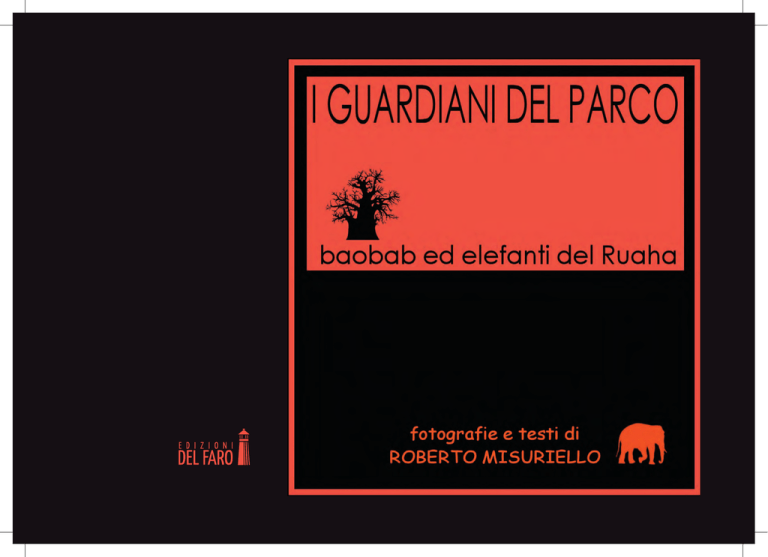
Roberto Misuriello
I guardiani del parco – Baobab ed elefanti del Ruaha
The Guardians of the Park – The Baobabs and Elephants of the Ruaha National Park.
Copyright© 2014 Edizioni del Faro
Gruppo Editoriale Tangram Srl
Via Verdi, 9/A – 38122 Trento
www.edizionidelfaro.it – [email protected]
Prima edizione: ottobre 2014 – Printed in EU
ISBN 978-88-6537-344-6
Fotografie e testi di Roberto Misuriello
Progetto grafico di Pasquale Bertone
English Translation by Dermot Heaney
Parte del ricavato verrà destinata a progetti per l’emergenza di Ebola in Sierra Leone.
L’Africa è la cosa più bella che esiste al mondo.
Alberto Moravia
(da un’intervista rilasciata a Alain Elkann)
Africa is the most wonderful thing in the world.
Alberto Moravia
(from an interview to Alain Elkann)
cortecce/barks
Sono i gendarmi di questo fantastico parco africano posto nel sud della Tanzania.
They are the ‘gendarmes’ of this fantastic African park located in southern Tanzania.
Sono i guardiani di un estesissimo territorio popolato da una miriade di animali e ricco di una vegetazione bellissima e variegata.
They are the guardians of an extensive area, home to a myriad of animal species and a great variety of beautiful plant life.
il Ruaha National Park
the Ruaha National Park
Con i suoi 23.000 chilometri quadrati, il Ruaha National Park è il
secondo parco per estensione della Tanzania, preceduto solo
dalla riserva del Selous. È attraversato dall’importante fiume
Ruaha e si estende in parte nel territorio della grande Rift Valley
e in parte nell’altopiano oltre la scarpata del fiume, comprendendo una grande varietà di habitat ed ecosistemi. L’altopiano
è ricco di foreste di miombo mentre più in basso, nel letto della
Rift, si alternano foreste di baobab e di acacie, zone paludose,
colline, praterie e foreste sempre verdi con palme e ficus sicomori ai lati dei fiumi e dei torrenti stagionali.
Il Ruaha si distingue per la sua sorprendente topografia: il parco si estende per lo più su di un altopiano ondulato a circa 900
metri d’altezza, punteggiato qua e là da formazioni rocciose;
a sud e a ovest è invece caratterizzato da montagne che raggiungono anche i 1900 metri.
Ogni due, tre chilometri il paesaggio varia: cambiano gli scenari, gli ecosistemi; qua l’enorme letto di un fiume in secca, là
una collina formata da massi giganteschi e rocce sedimentarie,
presa d’assalto da una vegetazione per niente impaurita da un
territorio così ostile. È un ampia e incantevole regione allo stato
selvaggio che segna il punto di transizione tra l’Africa centrale
e l’Africa del sud. Alla ricca varietà di flora (millequattrocento
specie), segue una altrettanto ricca varietà di fauna e vi si trovano tutti gli animali presenti nei parchi del circuito nord, fatta
eccezione per il rinoceronte nero.
Il Ruaha ospita molte specie di antilopi, tra cui l’antilope alcina, il kudu maggiore e il kudu minore (l’unico parco dell’Africa
orientale a ospitare entrambe le specie di kudu), l’antilope bera
e l’antilope roana, le grandi antilopi eland, molti elefanti (le stime parlano di circa dodicimila esemplari), grandi mandrie di
bufali; manguste, coccodrilli, ippopotami; non mancano i predatori: leoni, leopardi e ghepardi. Inoltre sono presenti alcuni
esemplari di licaoni.
Dal punto di vista ornitologico il parco è un’altra meraviglia:
ospita circa cinquecento specie di uccelli, tra migratori e non,
incluse rare specie di falchi e aquile.
Covering an area of 23,00 square kilometres, the Ruaha National Park is the second largest in Tanzania, second only in size to
the Selous reserve. It is traversed by the large Ruaha River. Part of
the park lies in the Great Rift Valley, while an other area is situated in the plateau beyond the river’s bank. Thus it is comprised of
a great variety of habitats and varied eco-systems. The plateau
is covered with forests of Miombo trees, while in the lower lying
land in the bed of the Rift Valley, it is characterised by forests
of Baobab and Acacia forests, marshlands, hills, savannas, and
evergreen forests where palms an sycamore figs grow along the
rivers and the seasonal streams.
The park stands out thanks to its striking landscape. Most of it
extends over a rolling plateau at an altitude of roughly 900 metres, dotted here and there with rocky outcrops, while to south
and west are found mountains that rise as high as 1,900 metres.
The landscape changes every two or three kilometres, as one
ecosystem and environment gives way to another: here the
enormous bed of a dried up river; there a hill formed of gigantic
boulders and sedimentary rocks covered with vegetation that
cannot be held back even by such a hostile environment. An extensive and captivatingly wild region, it marks the transition from
central to southern Africa. The rich variety of flora (one thousand
four hundred species) is matched by an equally varied fauna,
all of which , with the exception of the black rhinoceros, are to
be found in the parks of the northern circuit.
The Ruaha Park is home to many species of antelopes, including the common Eland, the greater and lesser Kuddu ( it is the
only park in eastern Africa where both species of Kuddu are to
be found), Beira antelopes, Roan antelopes and Giant Eland antelopes, numerous elephants ( as many as twelve thousand are
estimated to live in the park), large herds of buffalo, mongooses,
crocodiles, hippopotami. Nor is there any shortage of predators:
lions, leopards, cheetahs, not to mention South African Wild Dogs.
From the ornithological point of view, the park is a veritable
marvel and is home to about five hundred species of migratory
and native birds, including rare species of falcons and eagles.


